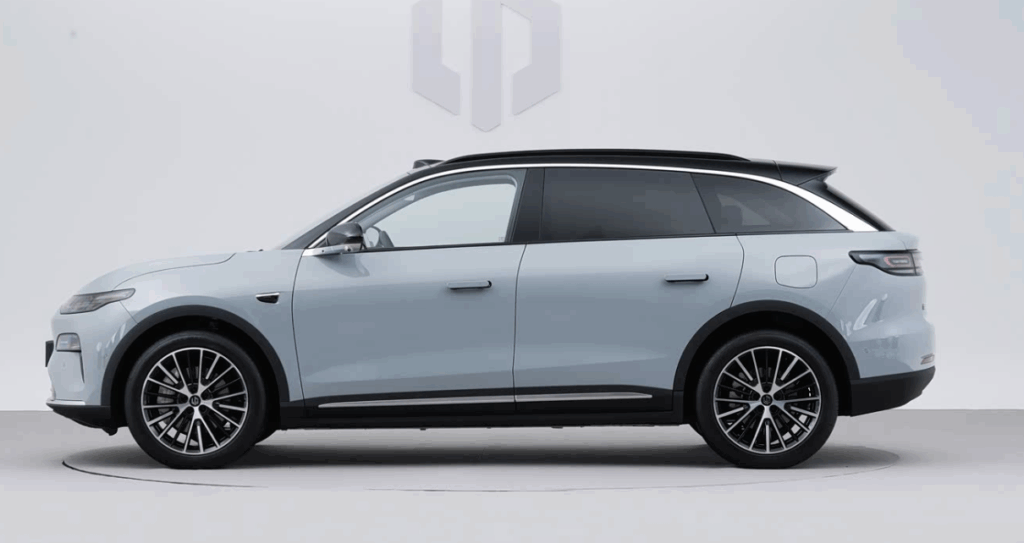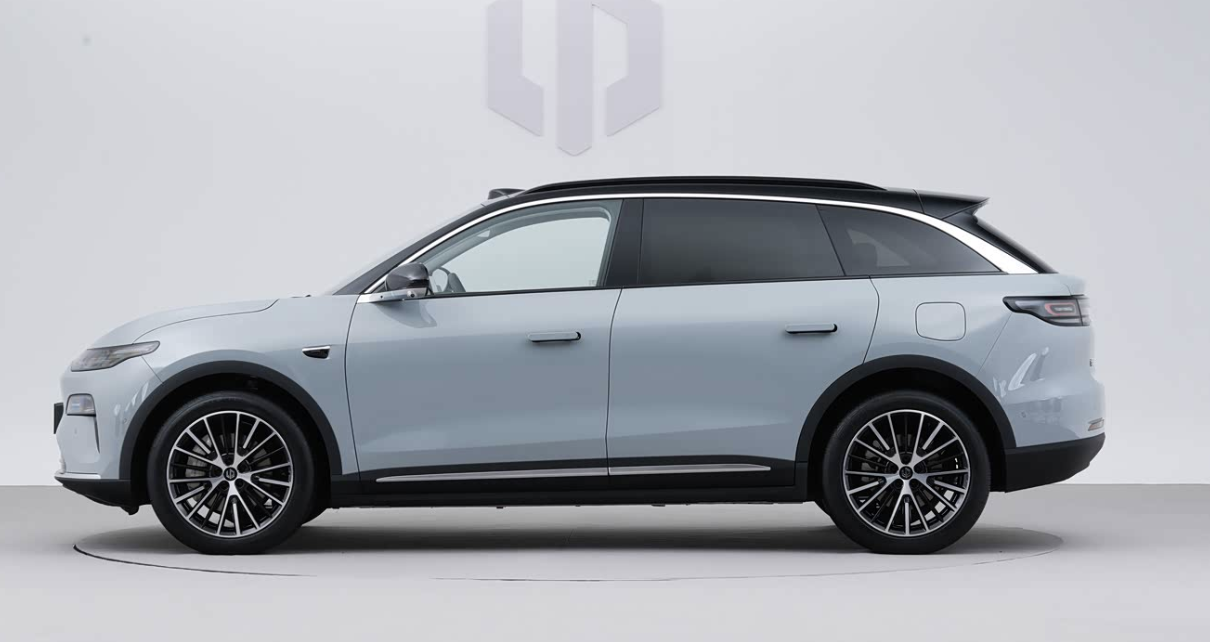On July 10, Leapmotor officially announced the launch of the new Leapmotor C11. The updated model is offered in both all-electric and extended-range (EREV) versions. The all-electric variant is priced between RMB 149,800–165,800 (≈ USD 21,000–23,200), while the extended-range variant is priced between RMB 149,800–159,800 (≈ USD 21,000–22,400). As a mid-cycle facelift, the new C11 focuses on upgraded details in its exterior and interior, with additional features including an 800V electrical architecture, Qualcomm 8650 chip for driver assistance, and Qualcomm Snapdragon 8295 chip for the cockpit.

Exterior Design
The new C11 largely retains the design language of the current model but features revised details. Both EV and EREV models share the same styling, with no differentiation in design. It adopts a closed-off grille, split headlights for the first time, and dual staggered LED daytime running light strips. The headlights are positioned on both sides of the front fascia, with ventilation openings below. The front bumper design has been tweaked with a silver trim strip on the lower lip for a fresher look.
From the side, the vehicle remains mostly unchanged, but new silver trim has been added to the mirrors, window lines, and side skirts. Dimensions measure 4,780/1,905/1,658 mm, with a 2,930 mm wheelbase—identical to the current EREV version but 30 mm longer than the previous EV model.
Intelligent Driving and Tech
The new C11 carries significantly more driver-assistance hardware than before, including a roof-mounted lidar and a total of 27 sensors. Powered by the Qualcomm 8650 driver assistance chip with 200 TOPS computing capacity, the system supports NAP highway pilot, CNAP commuting memory navigation, parking lot memory parking, and end-to-end AI models for advanced autonomous functions.
Interior Upgrades
The interior has undergone major changes. The signature triple-screen layout has been replaced with a 17.3-inch floating central display and a fully digital instrument cluster, complemented by an AR-HUD system. The infotainment runs on the Qualcomm Snapdragon 8295 chip with the new Leapmotor OS 4.0 Plus, supporting AI voice models. Other updates include hidden air vents, a new two-spoke flat-bottom steering wheel, column shifter, and rich wood trim for a more premium feel. Ambient lighting, layered dashboard design, and wireless charging add to the tech-forward cabin.
Powertrain
EV version: Equipped with a 220 kW motor and an 81.9 kWh LFP battery, delivering up to 640 km CLTC range. Battery suppliers include CALB, Gotion High-Tech, and SVOLT.
EREV version: Uses a 1.5L engine (70 kW) as a range extender with a 200 kW drive motor, paired with a 41.7 kWh battery, offering 300 km pure-electric CLTC range.
Background and Market Positioning
The Leapmotor C11, a mid-size SUV, was first launched in December 2020 and delivered from October 2021, initially as an EV with single- and dual-motor options. The EREV version was added in 2023, with earlier pricing ranging between RMB 149,800–185,800 (≈ USD 21,000–26,000) for the EREV and RMB 155,800–219,800 (≈ USD 22,000–31,000) for the EV. This facelift brings key exterior, interior, and tech upgrades while keeping pricing competitive.
The C11’s main rivals include BYD Song L DM-i, Haval Xiaolong MAX, Deepal S07, and Chery Fengyun T9. With its larger size, strong price-to-value ratio, and long EREV range, the new C11 remains highly attractive to consumers, especially those without easy charging access.
Sales Performance
Leapmotor delivered 221,700 vehicles in the first half of 2025, up 155.8% year-on-year, making it the No.1 emerging EV maker in China by sales. Since the second half of 2024, Leapmotor’s strategy of affordability and “tech for all” has helped it penetrate the mainstream market and move toward profitability at scale. In the 2024 financial report call, Chairman Zhu Jiangming raised the 2025 sales target from 500,000 to 500,000–600,000 units. With 50% completion requiring 250,000 units, the company has already achieved 44% of its target by mid-year.



